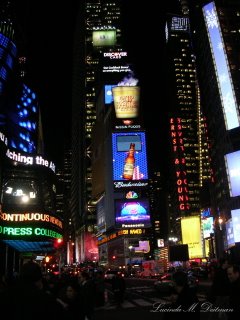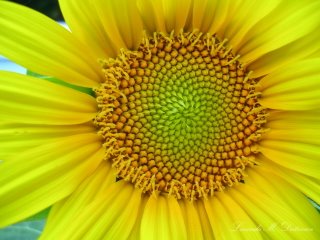Night Photography: Low Light Tips and Techniques
 By: Richard Schneider
By: Richard SchneiderPhotography at night can be used to create mysterious and amazing photos. When I say photography at night I mean the hours from around sunset until when the stars are clearly visible. The long exposures associated with low light can create unique effects and unusually sharp photos.
And when I say long exposures I mean exposures lasting from half a second up to even 30 seconds. An exposure that long would seem impossible to prevent shaking, so my technique that I use very often is to compose the photo like I would normally and then to set the self-timer so the camera takes the picture on its own and I don’t even have to touch it.
Equipment Options
For low light photos, a tripod (or some kind of substitute) is very necessary. I almost always keep a tripod in the trunk of my car or carry a miniature tripod around on trips. A miniature tripod can be very handy because it is typically small enough to fit in a pants pocket so it can be taken anywhere. Some photographers carry around a bean bag or something like it so that can set their camera down and tilt it in any way they like. Some of my best pictures I have taken simply by setting my camera down on a newspaper stand and setting the self-timer.
Many photographers are convinced that they need a cable release to take long exposures but the self-timer release option on just about all cameras works just as well. All you have to do is set the camera up, configure the self-timer, press the shutter button, and wait the specified amount of time (usually 10 seconds) and the camera will take the photo automatically. And you don’t have to touch the camera so the photo won’t be blurred from hand shaking.
Night Photo Opportunities
Landscape Photos - My favorite kind of night photo usually includes a landscape with some kind of foreground element, some sort of framing element, and lots of lights throughout the scene. Adding some kind of foreground item to the frame helps to create a greater depth of field, this technique works for any kind of photo but I have found that it makes night landscape photos much better. Another tip you should keep in mind is that the main subject of a night photo should probably be the most well lit. Lots of light is good for a night exposure but there should still be some focus applied to the major objects in a scene.
Capturing Motion – A very popular kind of night photography includes a steady camera with some sort of fast moving object streaming through the frame. When cars are photographed at night with a long shutter speed, the headlights make a bright pathway of light and in most cases the car can’t even be seen. Another option would be to set up your camera next to a lighted area with lots of people moving like a night club or an illuminated street. Just about any kind of motion captured with the camera steady produces a very interesting photo.
Balancing Aperture and Shutter Speed
When taking photos at night you should keep aperture in mind as well as shutter speed. It is without question that you will need a long shutter speed, but the aperture that you choose will provide the depth of field. When I take night photos I usually have a very long shutter speed (5-15 seconds) and a very narrow aperture (high f-stop). This combination creates a huge depth of field and makes everything very crisp and in focus. Of course sometimes you will not desire a great depth of field and in those situations you should widen the aperture (small f-stop).
Calculating the Exposure
Figuring out what exact shutter speed and aperture you should use can be very challenging in Manual Mode. I would recommend that you just try many different combinations for each scene and eventually you will refine the settings that you prefer. Another technique I use is Bracketing, if you bracket all your photos so the camera takes multiple exposures at different settings, you are more likely to end up with a photo that has a satisfactory brightness.
Conclusion
There is no exact science to night photography; I hope some of these tips will guide you in the right direction. But the best night photographers are usually the people who experiment a lot when they are taking low light exposures and eventually they figure out the best scenes and best exposure settings to match. Just remember that you need a very long shutter speed setting, and that you need to keep the camera very steady.



